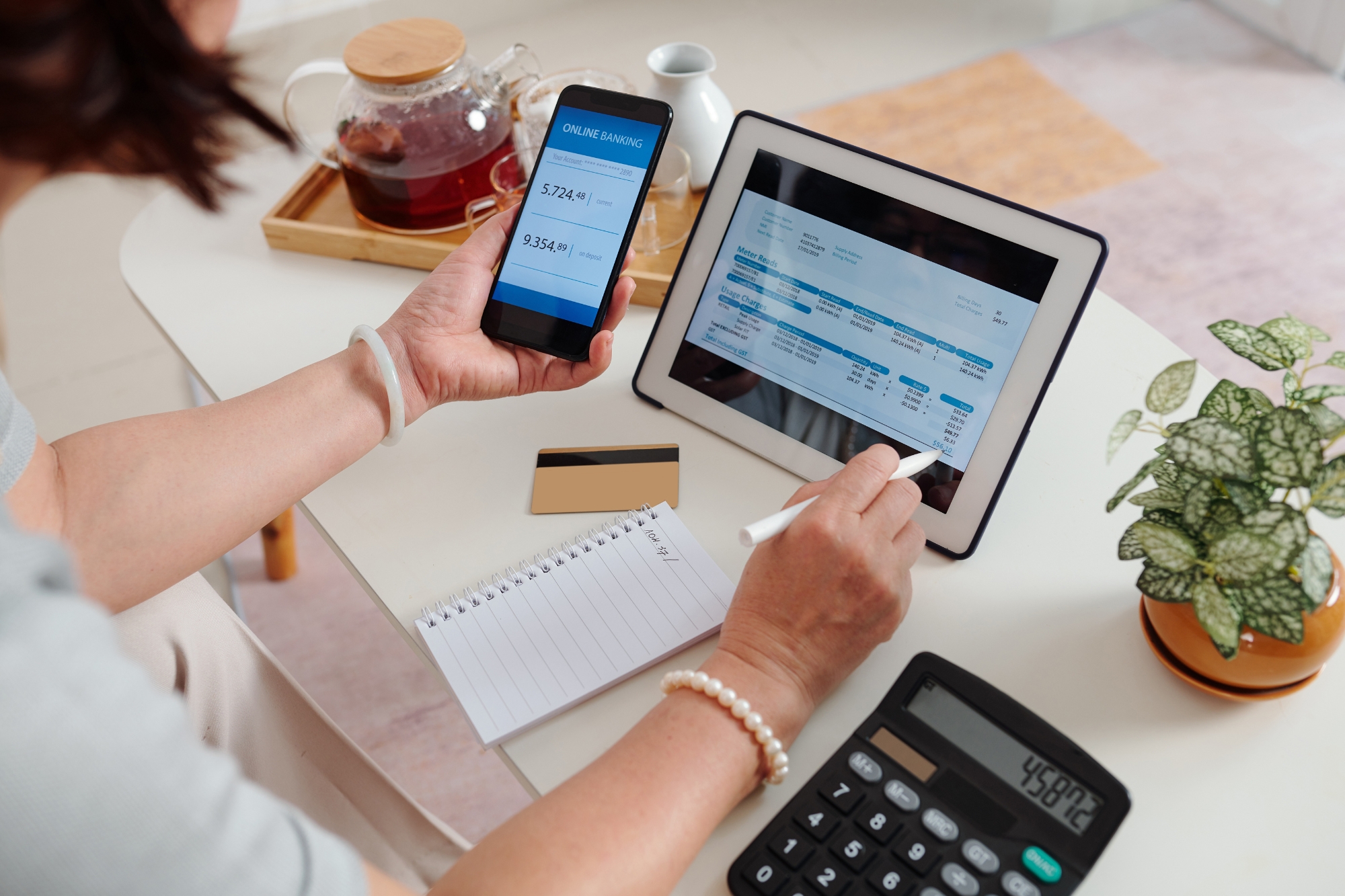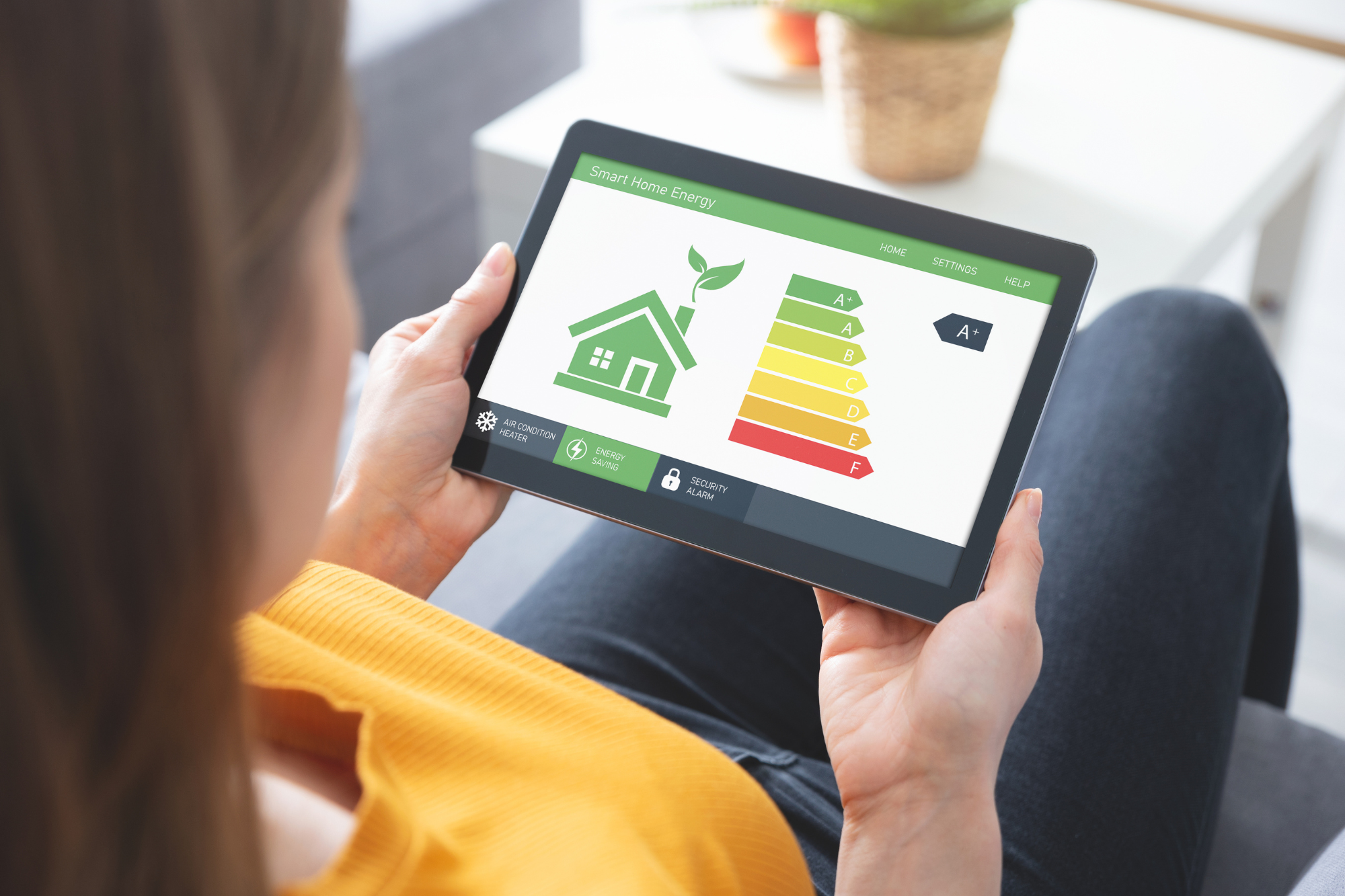Why You Need To Stop Using Postcards For Billing
Remember when you’d scour a souvenir shop looking for a postcard while on vacation so you could tell your mom “Wish you were here”? Now you just text her a selfie from the beach or post about your trip on Facebook. Interestingly though, some businesses still use postcards for their bills. You might get one for your property taxes or your auto registration. A significant number of utilities–especially smaller, municipal companies–use postcards for billing.
The reason?
Postcards seem to cost less, at least when it comes to postage and paper.
From a business standpoint, I’m not a fan of postcards for billing. Here’s why.
#1: Postcards get lost in the shuffle.
Those 4.25 by 6 inch cards slip easily between the pages of the grocery store’s weekly specials and the fundraising brochure from your college.
#2: Postcards can get eaten by postal equipment.
The card stock used doesn’t hold up well in the fast-running USPS automated equipment. Postcards can get caught in belts and are then torn, mangled or destroyed. You’ll never get a call about these damaged pieces, but it is happening.
#3: Postcards don’t look professional.
It’s hard to put a price on your company’s image, but moving from using postcards for billing to an envelope and enclosed invoice is like the difference between coming to work in shorts and a t-shirt and wearing a suit and tie. People know you mean business, and they take you and your company more seriously.
#4: Postcards have no real estate for messages.
Postcards are so small that after you include all the information about what a customer owes, there’s no room for other important messages like who they should call regarding power outages or what hours your office will be open around the holidays. Even the envelope used to mail an invoice can be used to communicate brief messages.
So, although postcards seem less expensive, they have hidden costs. I’ve converted dozens of customers from postcards to traditional bills, and when they make the change, phone calls about missing bills disappear. No one ever tracks the time employees spend answering those calls, but I bet if they did, it would outweigh the savings they get in postage and paper by using postcards.
Interested in how Bluegrass can help?
See what we can do.
You may also like...



